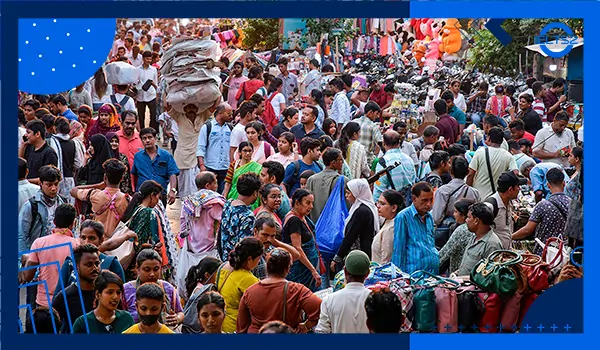📌In many developing countries, there is an increasing movement of workers from rural areas into the cities.
Why do you think this happens?
What problems can this cause?
More samples on IELTS2.com
The migration of workers from the countryside to urban centres is a defining trend in many developing nations. This phenomenon is primarily driven by economic disparities and the pursuit of a better quality of life, yet it creates significant challenges for both the cities receiving migrants and the rural communities they leave behind.
The impetus for this rural-to-urban exodus is multifaceted. The most compelling factor is the stark economic disparity. Rural economies, often reliant on subsistence agriculture, frequently offer limited and unstable income opportunities, exacerbated by factors like land fragmentation, climate change, and poor access to modern farming technology. In contrast, cities are perceived as hubs of economic activity, offering a wider array of jobs in manufacturing, construction, and the service sector, along with the promise of higher and more regular wages. Furthermore, urban areas typically provide superior access to essential services that are scarce in the countryside, such as advanced healthcare, quality education for children, and diverse entertainment options. The allure of this modern lifestyle, combined with the influence of media portraying urban success, creates a powerful pull factor.
However, this uncontrolled migration generates severe problems. For the destination cities, it leads to immense strain on infrastructure and resources. Overcrowding becomes rampant, resulting in housing shortages and the proliferation of vast slums with inadequate sanitation and clean water. This places an unsustainable burden on public services like transportation, healthcare, and schools, often leading to their deterioration. Concurrently, the influx of job seekers can saturate the labour market, suppressing wages and increasing urban unemployment and underemployment. For the rural areas left behind, the consequences are equally dire. They experience a “brain drain,” losing their most ambitious and youthful workforce, which leads to a decline in agricultural productivity and the stagnation of local rural economies. This creates a vicious cycle where the remaining population, often the elderly and very young, is left even more vulnerable.
In conclusion, the movement of workers to cities is an understandable response to economic inequality and the lack of rural opportunities. Nevertheless, it triggers a cascade of problems, including urban overcrowding and the economic decline of the countryside. Addressing this issue requires balanced regional development policies that invest in rural infrastructure, education, and agriculture to make rural life a viable and attractive alternative.
More Content for You
نحوه شروع و ادامه دادن یک پاراگراف حرفه ای رایتینگ آیلتس
معادل های حرفه ای برای People در آیلتس
تصحیح رایگان رایتینگ شما در کانال تلگرام ما




